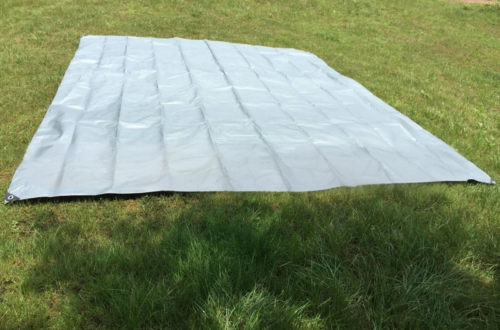The Art of Crafting the Perfect Teapot

# The Art of Crafting the Perfect Teapot
## Introduction
The teapot, a humble yet essential vessel, has been a cornerstone of tea culture for centuries. Crafting the perfect teapot is an art form that combines functionality, aesthetics, and tradition. In this blog post, we will explore the intricate process of creating a teapot that not only brews the perfect cup of tea but also stands as a testament to the artisan’s skill and creativity.
## The History of the Teapot
The teapot has a rich history that dates back to ancient China, where it was first used during the Yuan Dynasty. Over time, the design and materials of teapots have evolved, influenced by various cultures and technological advancements. From the delicate porcelain teapots of the Ming Dynasty to the robust cast iron teapots of Japan, each era has contributed to the teapot’s legacy.
## Materials and Techniques
### Porcelain
Porcelain is one of the most popular materials for crafting teapots due to its delicate appearance and excellent heat retention properties. Artisans use a combination of kaolin, feldspar, and quartz to create a fine, white clay that is then shaped and fired at high temperatures. The result is a teapot that is both beautiful and functional.
### Cast Iron
Cast iron teapots, known as tetsubin in Japan, are prized for their durability and ability to retain heat. The process of making a cast iron teapot involves melting iron and pouring it into a mold. Once cooled, the teapot is polished and often adorned with intricate designs. These teapots are not only practical but also serve as decorative pieces.
### Ceramic
Ceramic teapots offer a balance between the delicacy of porcelain and the sturdiness of cast iron. Artisans use various types of clay, each with its unique properties, to create teapots that are both functional and aesthetically pleasing. The glazing process adds a layer of protection and enhances the teapot’s visual appeal.
## Design and Aesthetics
The design of a teapot is crucial in determining its functionality and appeal. A well-designed teapot should have a balanced shape, a comfortable handle, and a spout that allows for a smooth pour. Artisans often draw inspiration from nature, incorporating floral patterns, animal motifs, and geometric designs into their creations.
### Ergonomics
Ergonomics plays a significant role in the design of a teapot. The handle should be easy to grip, and the spout should be positioned to prevent dripping. The lid must fit snugly to retain heat and prevent spills. These considerations ensure that the teapot is not only beautiful but also practical to use.
### Aesthetic Appeal
The aesthetic appeal of a teapot is often what draws people to it. Artisans use various techniques, such as hand-painting, carving, and glazing, to create unique and visually stunning teapots. The choice of colors, patterns, and textures can transform a simple teapot into a work of art.
## The Brewing Process
The perfect teapot enhances the brewing process, allowing the tea leaves to unfurl and release their flavors fully. The material of the teapot can influence the taste of the tea, with each material imparting its unique characteristics. For example, porcelain teapots are known for their neutral taste, while cast iron teapots can add a subtle mineral flavor to the tea.
### Heat Retention
Heat retention is a critical factor in brewing the perfect cup of tea. A teapot that retains heat well ensures that the water stays at the optimal temperature for steeping. Porcelain and cast iron teapots are particularly effective in this regard, making them popular choices among tea enthusiasts.
### Pouring Precision
The design of the spout is essential for achieving a smooth and controlled pour.
Keyword: teapot


